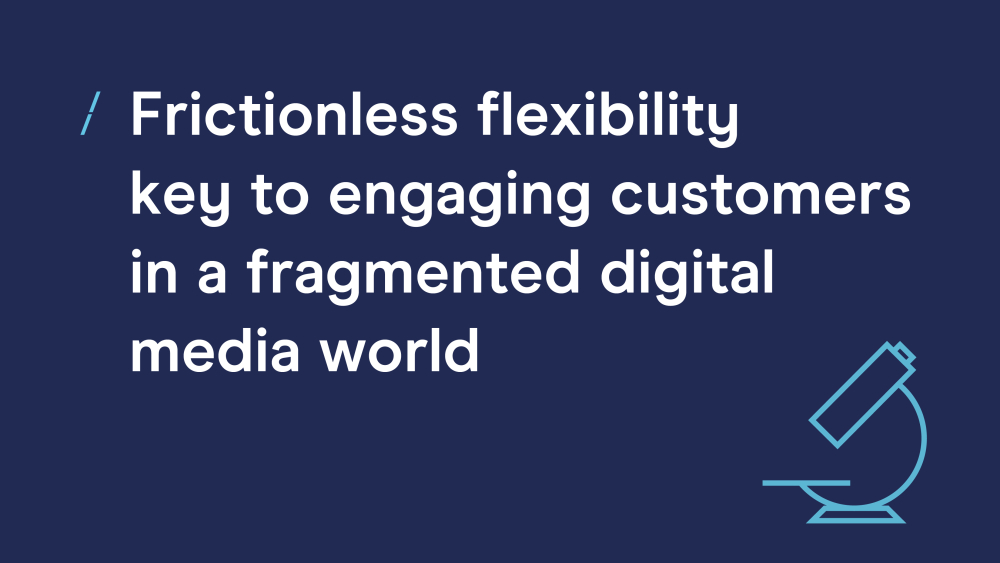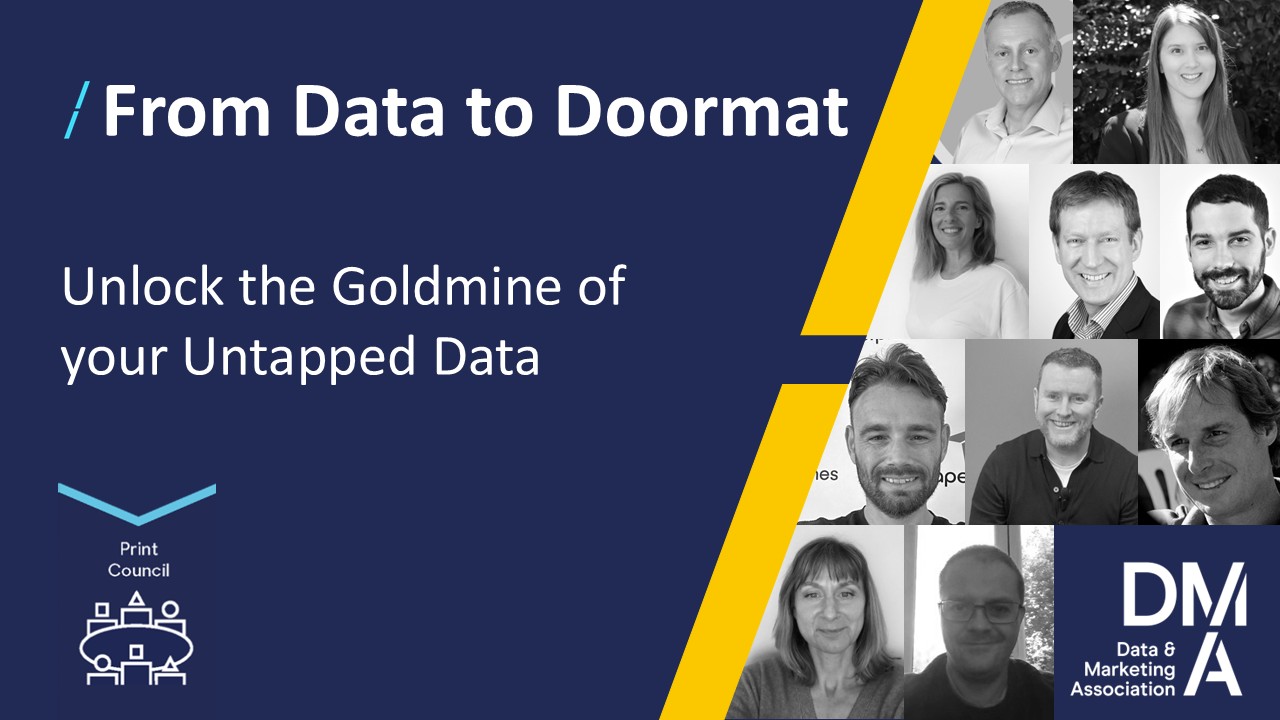Frictionless flexibility key to engaging customers in a fragmented digital media world
12 Apr 2019

The media landscape in which we all live has changed dramatically within our lifetimes, whether that's the last couple of decades or more. From the advent of pay TV and video games to these platforms shifting to streaming services and online games platforms. The 13th edition of Deloitte's Digital media trends survey highlights how US consumers are interacting with media, products and services - including their attitudes and behaviours towards advertising and social networks in this increasingly fragmented digital ecosystem.
The research identifies the growing trend among customers of 'piecing together' their preferred digital media services. For the first time, more respondents declared having at least one streaming service (69%) against those who said having traditional pay TV subscriptions (65%).
Moreover, it's hard to ignore the trand of 43% of American households that are paying for both a traditional TV and streaming service.
Much has been predicted of the growth of new voice-enabled digital assistants, like Amazon Alexa and Google Assistant, in the last year. Deloitte's survey points to the potential for these services to change how people engage with media content, but that it's not quite where it needs to be yet.
In the US, ownership of voice-enabled home digital assistants has grown from just 15% in 2017 to 36% in 2018. Much of this rapid rise is connected to the ability for consumers to easily listen to their favourite music and make simple requests (like adding items to a shopping list). However, beyond these basic functions, digital assistants have not yet found their killer app, with just 18% of US consumers say they engage with a digital assistant daily.
Similarly, in the DMA's 'Customer Engagement: Future trends' report, 23% of UK consumers own a smart home assistant, with a further 28% interesting in buying one in the future. Although much of the interaction with these devices remains relatively simple, with consumers most interested in receiving reminders about discount deadlines (52%) or information on transport/weather (51%).
The DMA's research reflects a growing opportunity for these new technologies in the UK, but there is a clear concern around trust for consumers to take the next step. For brands, there is also a significant danger that consumer brand choice will be determined by these new intermediary technologies. The way shoppers search online is already becoming increasingly de-branded, with just 12% of people using brand names while seeking food products - dropping to only 3% in home, clothing and healthcare sectors.
Deloitte concludes that it's time for brands to increase their flexibility and reduce the friction of choosing.
The continued advancement of artificial/augmented intelligence and machine learning (including better voice recognition), more processing power on devices, and a growing range of device available, could reduce much of the friction blocking consumers from taking the next step today. However, it could also put the tech companies that created digital assistants in the driver's seat.
Click here to find out more on the 'Digital media trend survey'.




Please login to comment.
Comments